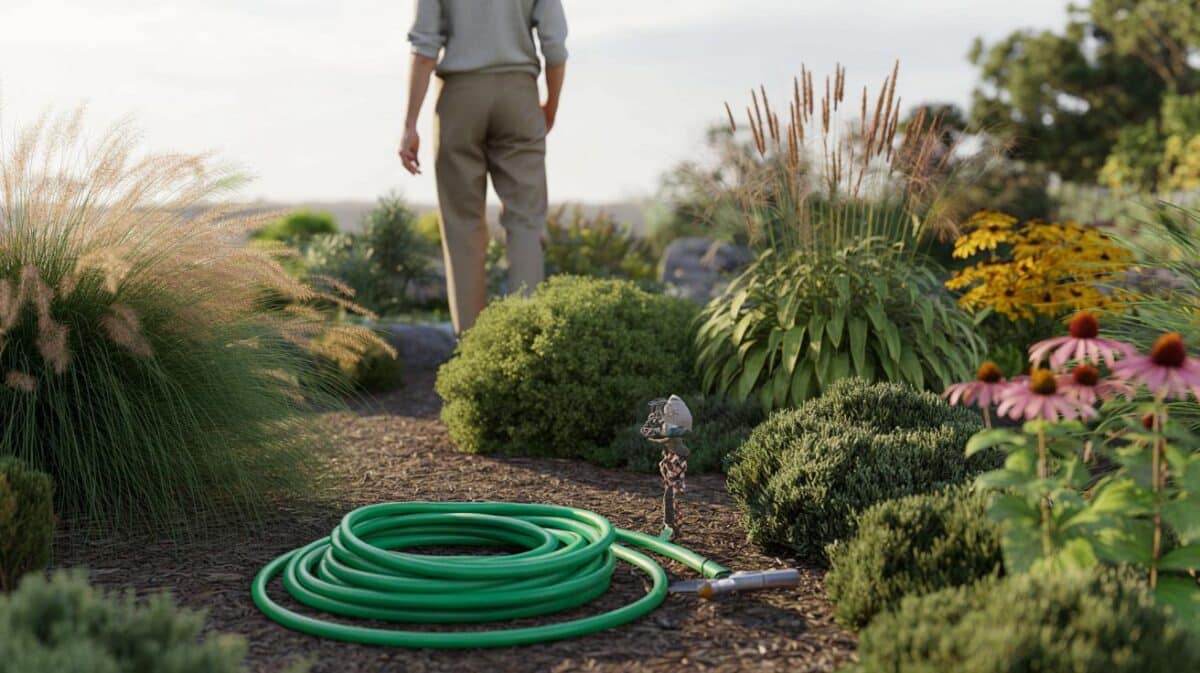Canicross—running while your dog pulls—has jumped from niche to near‑mainstream as cooler weather returns. Across the country, clubs report waiting lists and trail organisers are adding dog-friendly heats. Here is how to join the surge safely, build trust, and keep those tails wagging from the first kilometre.
What canicross really asks of both of you
At its heart, canicross is teamwork: your dog provides forward drive, you steer, pace, and protect. That partnership brings quicker paces and a deeper bond, yet it also raises the stakes. A harness that rubs, a route that overheats, or cues your dog does not know can turn a fun run into a hard lesson. Success starts with small, smart steps.
Golden rule: no pulling before your dog is mature. Most vets advise waiting until 12–15 months, depending on breed and size.
Five steps to start safely with your dog
1. Get the green light: age, breed, and a quick check-up
Book a routine vet check before you tie on a running lead. Ask about joints, heart, airways, and an ideal weight target. Young bones need time; growth plates typically close between 12 and 15 months. Short‑nosed breeds overheat faster and may never suit sustained pulling. Enthusiasm matters too. Watch your dog on walks: keen forward focus, curiosity in new places, and steady recovery after play all point to good readiness.
If your dog slows, pants heavily, or stops, you stop. Cut the session short and recover. Pushing through fatigue risks injury.
2. Fit the right kit: comfort first, control always
Three items make canicross work: a padded waist belt for you, a well-fitted traction harness for your dog, and an elasticated line to soften jolts. Avoid standard collars and retractable leads. The harness must sit clear of the throat, spread load over the chest and ribs, and stay stable at speed.
- Waist belt: wide, padded, with low pull attachment to protect your back.
- Traction harness: no pressure on the trachea, snug at shoulders, does not rub under the armpits.
- Bungee line: 1.5–2 metres, lockable carabiner or panic snap for quick release.
Test the fit on a short jog. If the harness shifts, chafes, or lifts, adjust or swap model. The right kit prevents sore spots and keeps both partners confident.
3. Teach clear cues: guide the engine, do not fight it
Your dog cannot see your route map. Simple voice cues keep you safe through turns, passing, and pace changes. Train them on walks first, then at an easy jog with rewards for correct responses.
- “Forward” or “go on” for steady pull.
- “Easy” for slower pace.
- “Left” and “right” for turns.
- “Behind” to tuck in before narrow paths or people.
- “Stop” for a clean halt.
Keep sessions short and upbeat. Celebrate correct choices. A dog that trusts your guidance pulls more consistently and stays calmer around distractions.
4. Build minutes, not miles: a 20‑minute starter that works
Swap ambitions for structure in week one. Aim for two to three run‑walk sessions of 15–20 minutes, on soft, shaded trails. Insert micro‑breaks so your dog never red‑lines. Increase total time or distance by no more than 10 percent per week and leave at least 48 hours between harder efforts.
| Session part | Human focus | Dog focus | Duration |
|---|---|---|---|
| Warm‑up walk | Hips, calves, light mobility | Sniff, loosen joints | 5 minutes |
| Run‑walk blocks | Easy pace, steady breathing | Short pulls, cue practice | 3 × 3 minutes run + 2 minutes walk |
| Cool‑down walk | Deep breaths, relax shoulders | Pulse down, sniffing allowed | 5 minutes |
Early wins come from consistency. Two or three short, happy sessions beat one long grind every time.
5. Manage heat, ground, and recovery like a pro
Dogs shed heat poorly. Even in October, sun on hard ground can push temperatures beyond safe limits. Pick shade, grass, or forest tracks and carry water for both of you. Offer small sips, not a full bowl mid‑run. After the final walk, wait before any large meal to reduce bloat risk.
- Under 10°C: steady pulling is usually comfortable on soft trails.
- 10–15°C: shorten efforts and seek shade.
- Above 15°C in sun: switch to early morning, slow pace, or cross‑training.
Check paws and armpits for rubs, thorns, or grit. Feel the harness contact points. If you notice a limp, repeated paw licking, or dull behaviour later in the day, rest and reassess. A quiet day now protects weeks of progress.
Make every outing safe, social, and fun
Good etiquette keeps trails welcoming. Pass walkers wide, call cues early, and reel in before gates or livestock. Bag waste and carry it out. If your dog gets anxious around others, practise on quiet paths before joining busy events. Many trail runs now offer canicross heats with staggered starts, marshals, and vet checks, which helps beginners settle in a controlled setting.
Extra value: simple upgrades that pay off fast
Warm‑up and cool‑down that actually work
Before you clip in, do one minute each of heel raises, hip circles, glute bridges, and ankle rolls. Let your dog walk, sniff, and trot next to you. After running, walk until breathing is calm. Offer a drink, then a gentle rub along the spine and shoulders to spot tight spots early.
Two‑week starter programme
- Week 1: three sessions of 15–20 minutes run‑walk as outlined; one easy hike day; two full rest days.
- Week 2: three sessions of 20–25 minutes, add one extra run block and one new cue; one short hill walk; two rest days.
If heat rises or your dog looks flat, drop the extra block and return to the previous week. Progress comes from recovery as much as effort.
When to choose another sport
Some dogs prefer different jobs. Nervous rescue? Try cani‑hiking to build confidence. Powerhouse pulling types? Bikejor or scooter may suit. Senior companion with creaky joints? Nosework or tracking provides mental work without impact. Matching the activity to the dog keeps joy at the centre of training.
Plan routes with shade, soft footing, and safe water stops. Carry a compact first‑aid pouch with saline pods, cohesive bandage, and tweezers. Log sessions—distance, temperature, cues used, and your dog’s mood. That notebook becomes your best coaching tool, revealing patterns and early warning signs you would otherwise miss.
One final tip that owners swear by: treat the first 20 minutes as a promise. If both of you feel great after the planned time, you still stop on a high note. Ending while your dog wants more builds desire, sharpens focus for the next outing, and cements the trust that makes canicross such a rewarding partnership.








